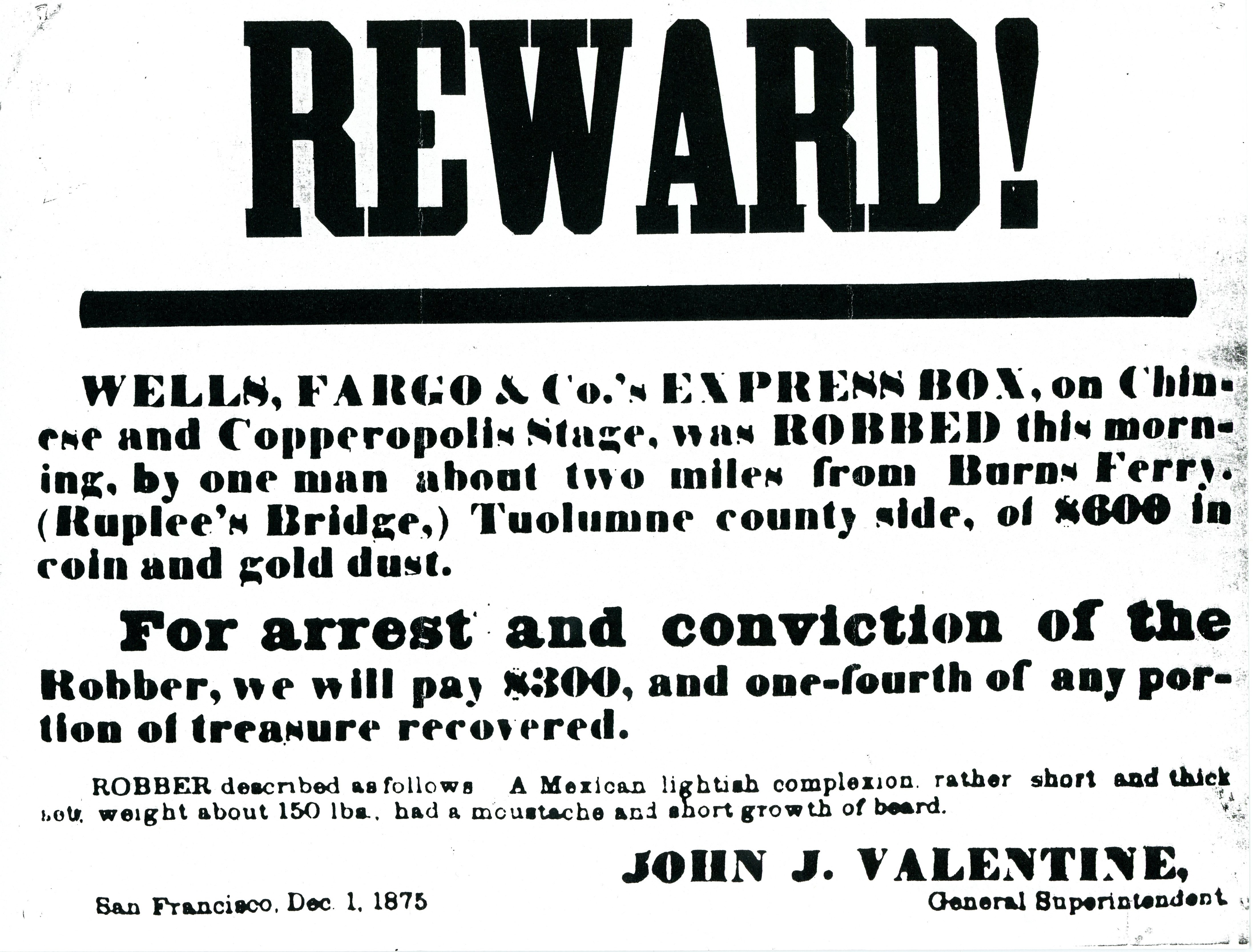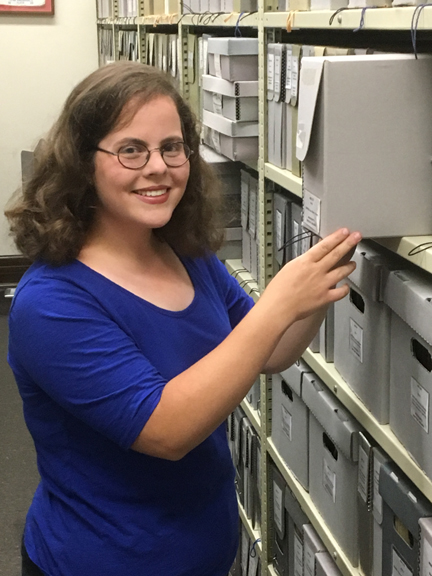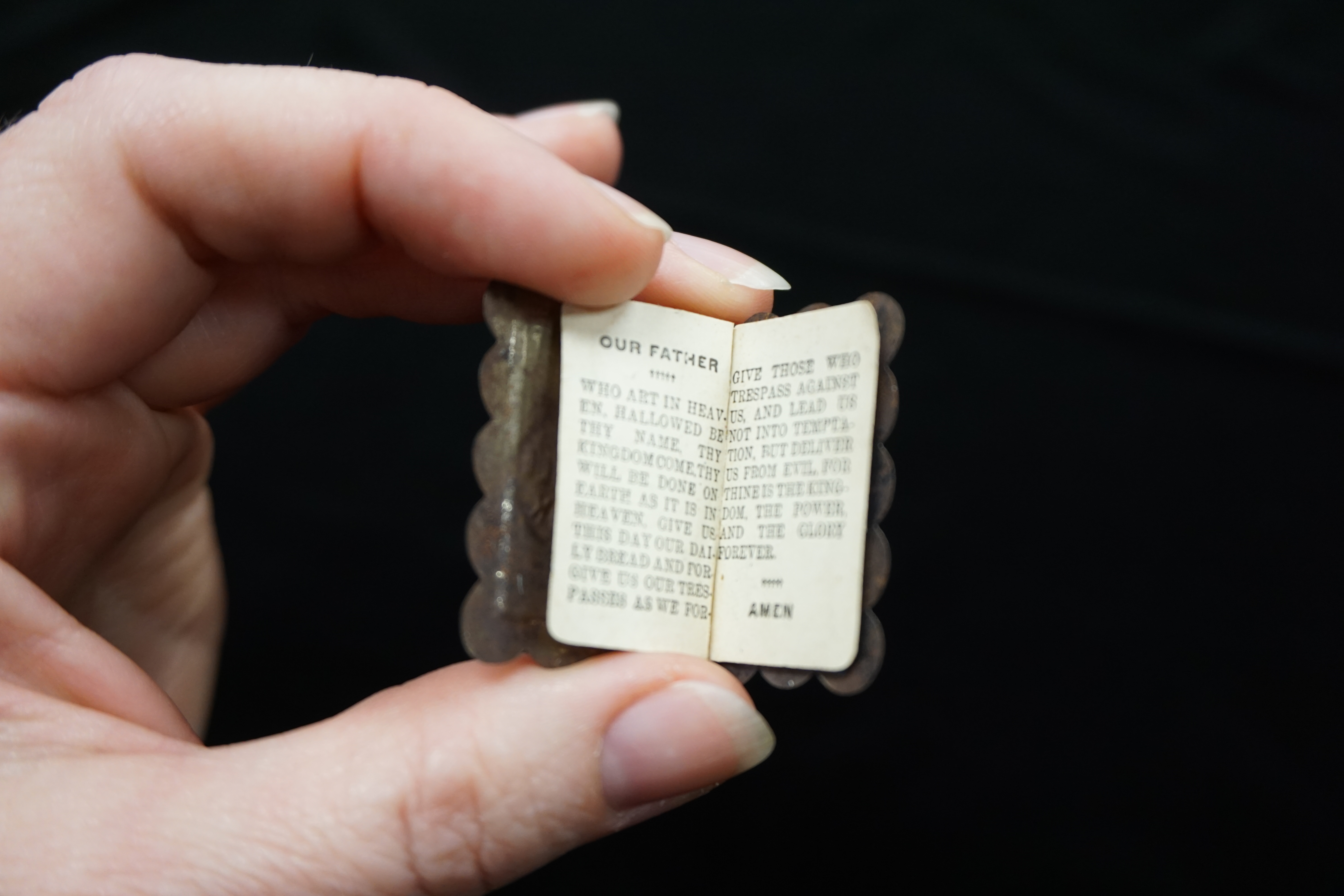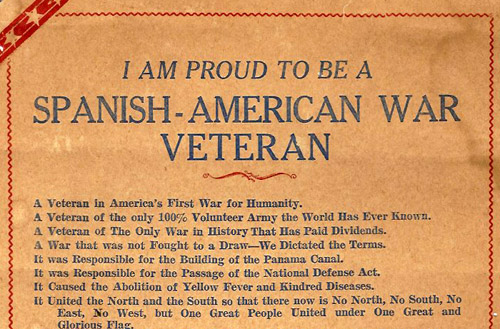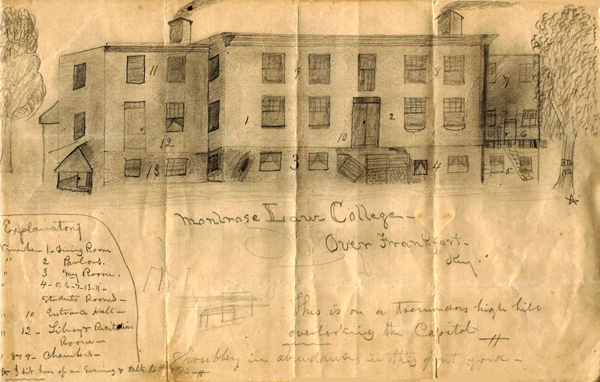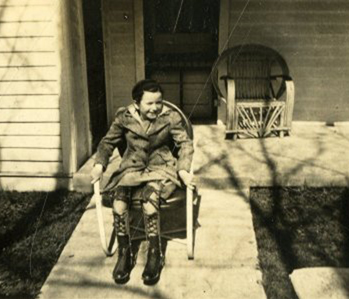The sun rose on Independence Day, 1863, to find the Confederate States of America reeling from two disastrous engagements at Vicksburg, Mississippi and Gettysburg, Pennsylvania.
From Pennsylvania, Charles Pennypacker wrote to his cousin Ellen Fort in Todd County, Kentucky, that his fellow citizens had “rallied as one man” to defend the state against General Robert E. Lee’s invading Confederate army. July 1, the first day of battle at Gettysburg, “was but a repetition of ‘Shiloh,’” and on the next day Lee “hurled columns after columns of troops upon our lines.” But on July 3, Charles reported proudly, “their whole army was in full retreat” toward Richmond and “we begin to see that ‘the end approacheth.’”
Like many tide-turning battles, Gettysburg left military historians asking “what if?” In particular, how much blame did Lieutenant General James Longstreet deserve when, on the second day of battle, he delayed executing an early-morning assault that could have given the Confederates the upper hand? Was Longstreet, who had made clear his disagreement with Lee over tactics, merely tardy, or was he insubordinate or even treasonous?
Confederate veteran J. W. Anderson looked forward to discussing the issue with a former comrade at their 1905 reunion in Louisville, Kentucky. A defender of Longstreet, who he occasionally saw after the war, Anderson insisted that the relations between General Lee and his subordinate commander were “always of the most cordial manner.” But a century later, the question still bothered Laban Lacy Rice, a Webster County, Kentucky native, polymath, and former president of Cumberland University. In 1967, he sought the opinion of former President Dwight D. Eisenhower, “an expert who knows Gettysburg as I know my back yard.”
Replying from his farm, where he lived in retirement near the battlefield, Eisenhower concluded that Gettysburg had been “a succession of frustrations” for General Lee, and that his decisions could not be adequately examined in a short letter. Nevertheless, Eisenhower judged Longstreet’s failure to attack early on July 2 as “his worse error of the battle.” As for Pickett’s Charge, the ill-fated assault on July 3 named after one of Longstreet’s generals, Eisenhower did not think it could have been successful at any time during that day. As Charles Pennypacker observed, “the end” had approacheth.
Click on the links for finding aids to these materials, part of the Manuscripts & Folklife Archives Collections of WKU’s Department of Library Special Collections. For more of our Civil War collections, search TopSCHOLAR and KenCat.


